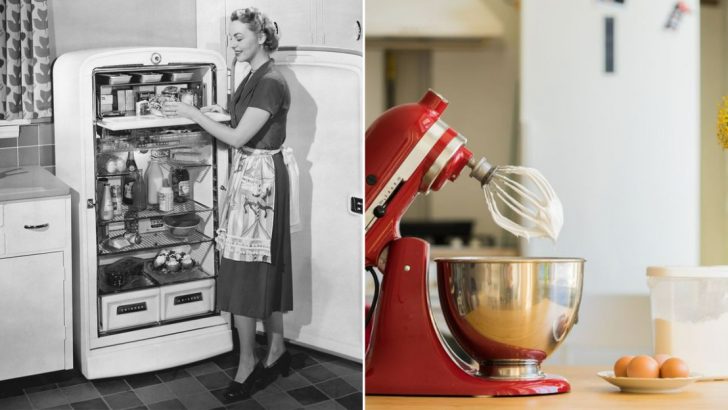As someone who spends more time than I’d like to admit reading old cookbooks and watching bread rise, I’ve come to see the kitchen as a living archive.
Every tool, every shortcut, every ingredient we take for granted has a story; a moment when it wasn’t there, and then suddenly, it was, and nothing was the same again. Some inventions made dinner faster. Others made food safer, or tastier, or possible at all.
This is a tribute to the 22 kitchen innovations that blew open the doors of culinary history and still shape what and how we eat today.
1. The Stove
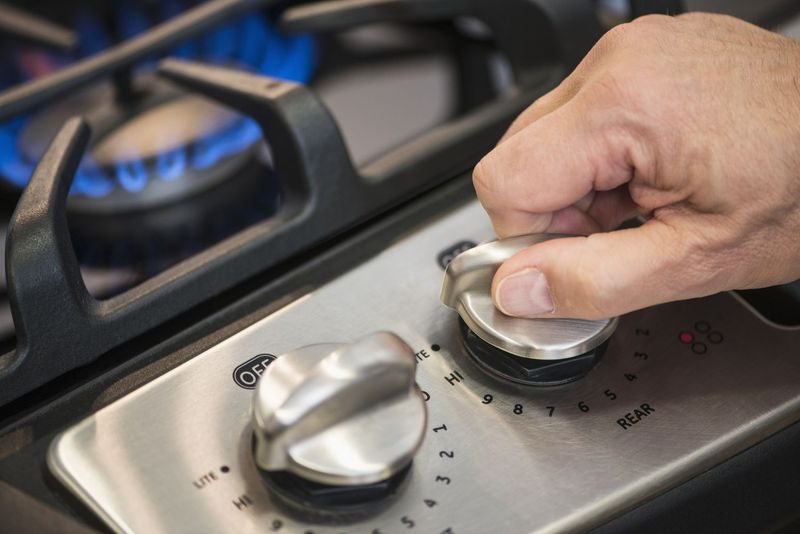
Before the stove, cooking meant open flames, soot-stained walls, and very little precision.
The first enclosed cast-iron stoves appeared in the 18th century, but it wasn’t until the 19th century that gas and electric models became home staples.
Suddenly, heat was something you could control. That meant better baking, safer kitchens, and more complex recipes—an unspoken revolution with every turn of a dial.
2. The Refrigerator

First introduced for commercial use in the late 1800s, home refrigerators didn’t become widespread until the 1930s. But once they did?
They changed everything—leftovers became possible, dairy stopped being a ticking time bomb, and fresh produce no longer had to be eaten immediately.
The fridge didn’t just preserve food, it preserved choice.
3. The Microwave
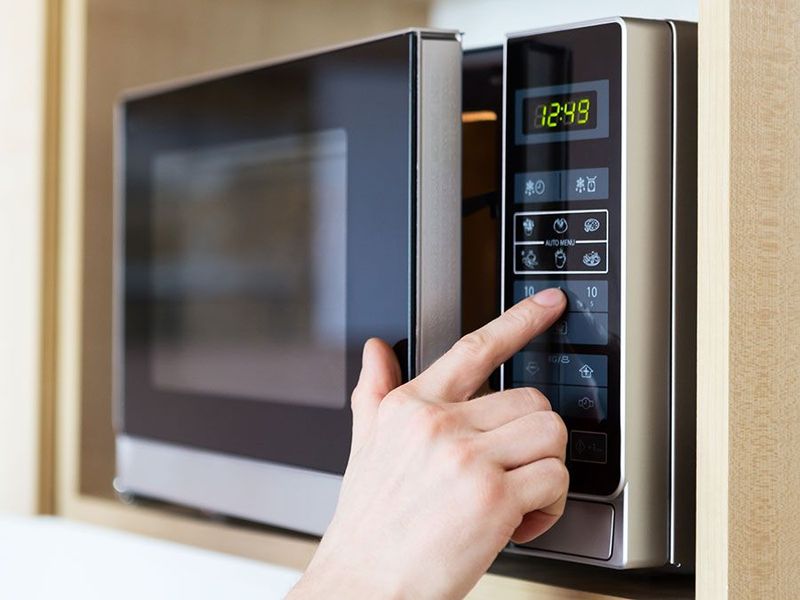
It began as a radar experiment in 1945 when Percy Spencer noticed a candy bar melted in his pocket near a magnetron.
What followed was the creation of the microwave oven, a machine that would become both loved and mocked in equal measure.
By the ‘70s, it was a countertop staple, speeding up dinners, defrosting frozen meals, and even redefining what “cooking” meant in modern life.
4. The Food Processor
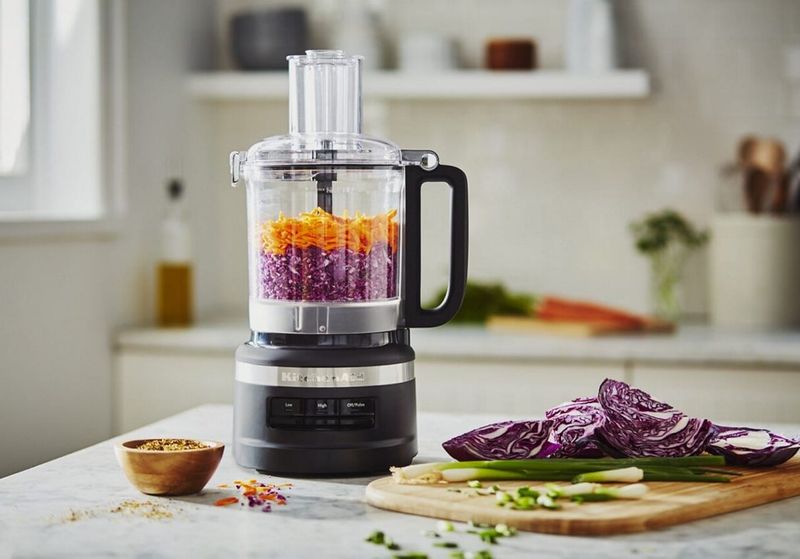
Invented by Pierre Verdon in France during the 1960s, the food processor arrived to save us from our own prep work.
Chopping, pureeing, mixing—it turned tasks that once took twenty minutes and a sore wrist into a button push.
We take for granted how easy it is to make hummus today. Smooth in seconds. For our ancestors it would feel like sorcery.
5. The Pressure Cooker
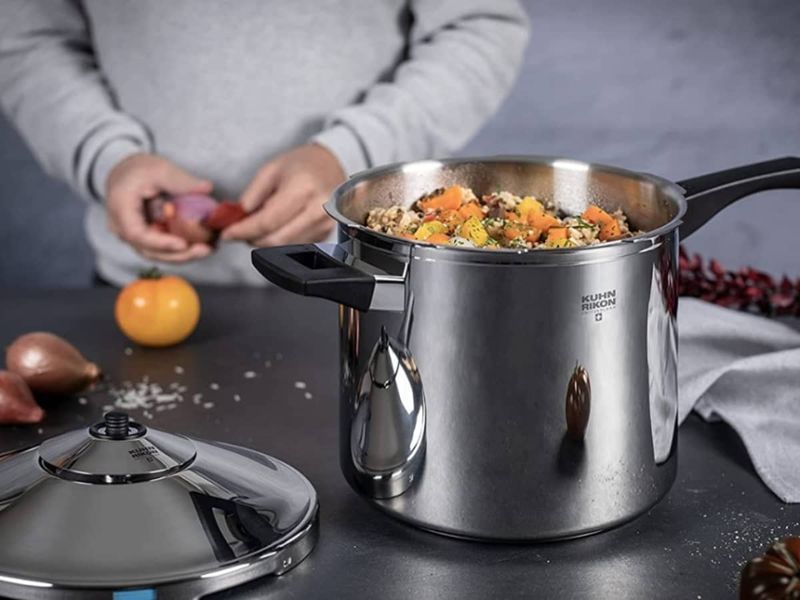
First patented in the 17th century, but popularized in home kitchens during WWII, the pressure cooker uses steam to drastically cut cook times.
Stews that took all day now took an hour, with more flavor locked in. It’s like time travel for beans and braises.
6. The Stand Mixer
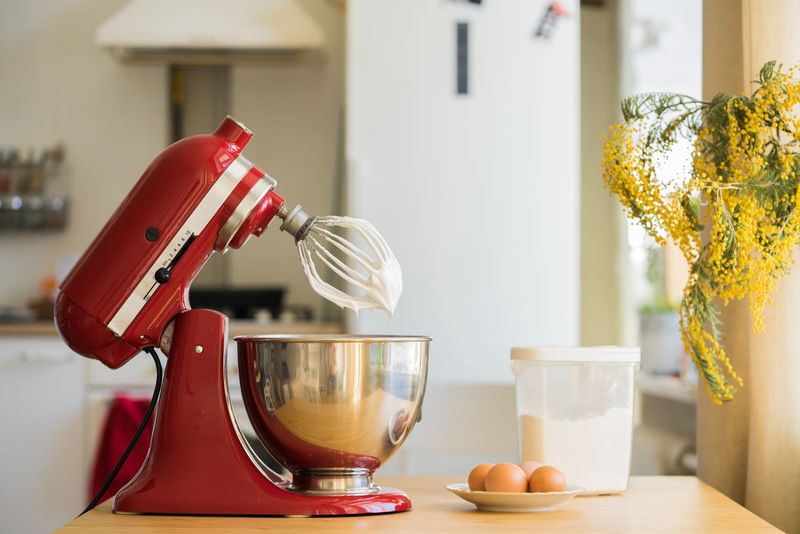
When KitchenAid debuted its iconic stand mixer in 1919, it wasn’t just giving bakers a tool—it was giving them a partner.
Doughs kneaded themselves. Egg whites rose like clouds. My grandmother called hers “the best helper that doesn’t talk back.”
7. Canning
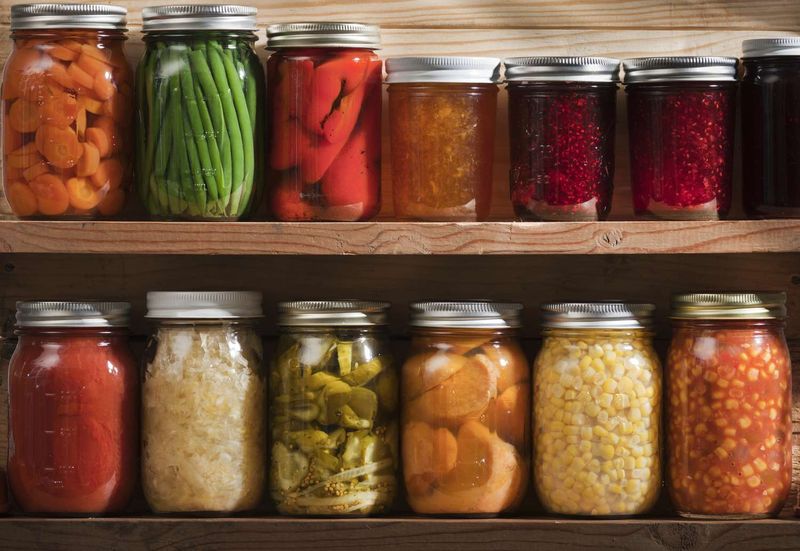
Invented by Nicolas Appert in 1809 to help Napoleon feed his troops, canning made it possible to eat tomatoes in January and peaches in March. It sealed freshness in a jar and reshaped the global food trade.
Every time I twist open a lid and hear that satisfying pop, I think of Appert and his revolutionary jars.
8. Freezing
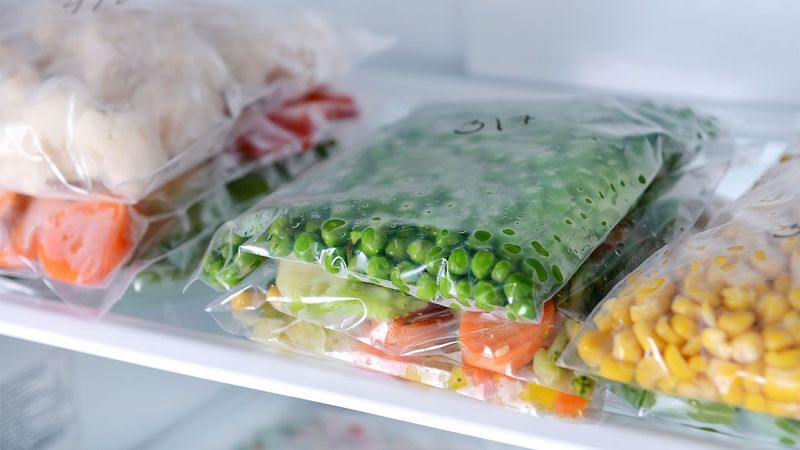
Clarence Birdseye revolutionized frozen food in the 1920s by quick-freezing fish in the Arctic and realizing it preserved taste and texture better than slow freezing.
Freezers moved into homes mid-century, and suddenly, strawberries in December weren’t a fantasy.
The freezer is still my favorite cheat code.
9. Vacuum Sealing

Originally developed in the 1940s, vacuum sealing took off in the ’80s with the rise of sous-vide cooking and food storage tech.
It removes air, keeps bacteria at bay, and extends shelf life dramatically. It’s also how I keep my coffee beans fresher than my ambition.
10. Dehydration
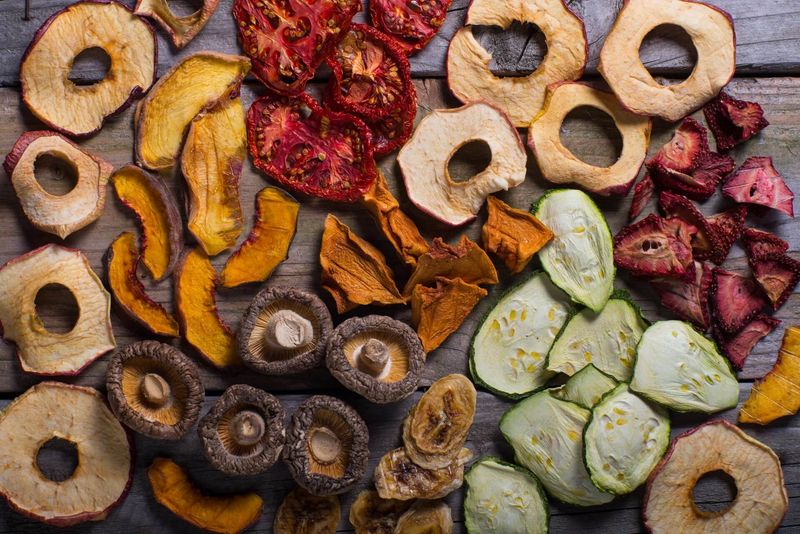
Used for thousands of years—think sun-dried tomatoes or jerky—dehydration is one of the oldest preservation methods around.
But with modern dehydrators, it became cleaner, faster, and far more flexible.
Fruit leather? Mushroom powder? Bring it on.
11. Tupperware
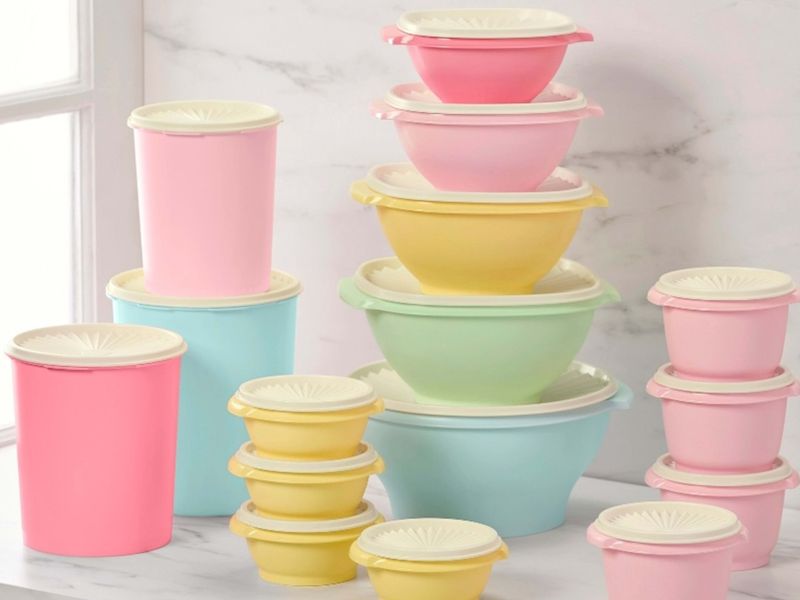
Patented in 1946 by Earl Tupper, this simple plastic container sparked a movement.
It made leftovers viable, fridges organized, and potlucks far more practical.
And let’s be honest: everyone’s grandma had that one lid that fit everything.
12. Baking Powder
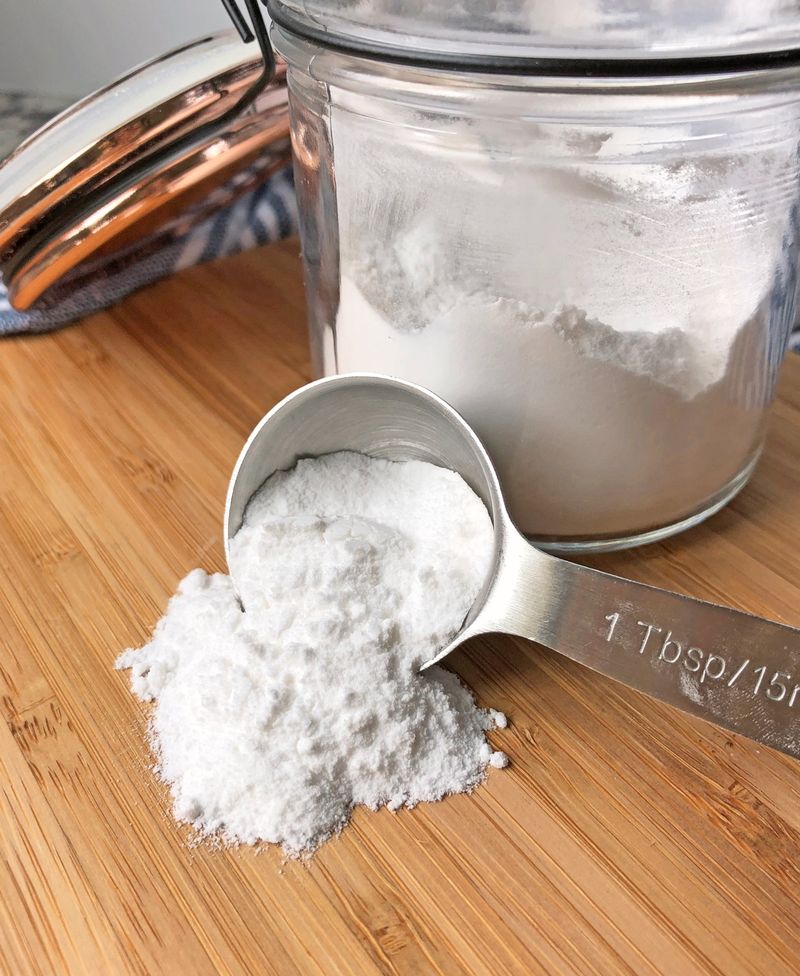
Before this 19th-century marvel, baking meant yeast, and yeast meant waiting.
But baking powder gave cakes their lift instantly. It made home baking quicker, more consistent, and a whole lot fluffier.
I’ll never take muffins for granted again.
13. Instant Yeast
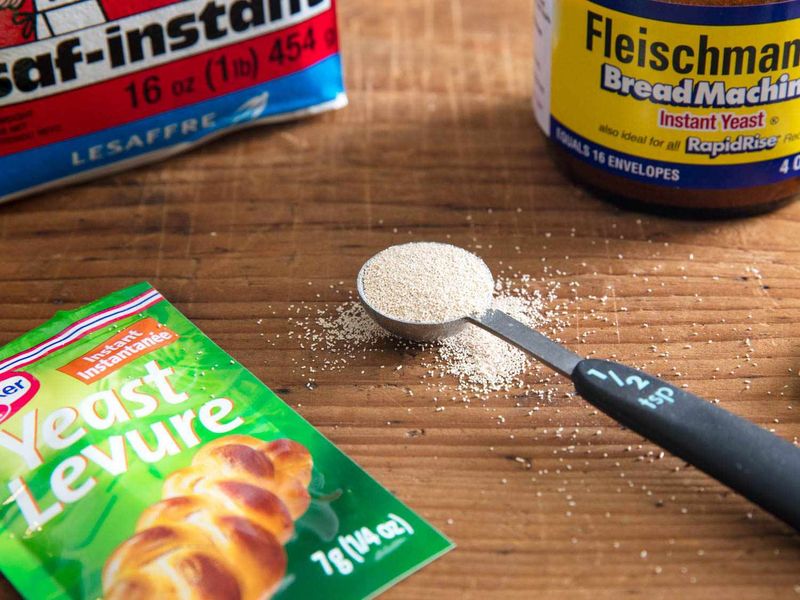
Unlike active dry yeast, instant yeast doesn’t need to be proofed—just toss it in with your flour and go.
First developed in the 1970s, it’s a lifesaver for spontaneous bakers. The dough waits for no one now.
14. Bouillon Cubes
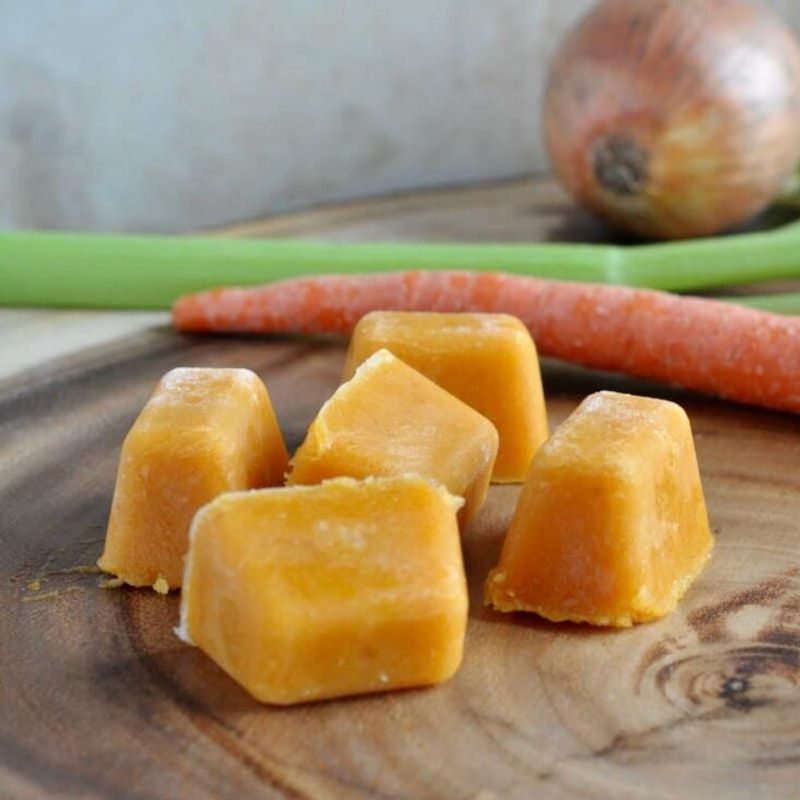
Created by Maggi and Knorr in the early 1900s, these tiny flavor bombs condensed hours of stock into a cube the size of a sugar lump.
Suddenly, broth became portable, storable, and effortlessly accessible.
I keep them stashed in every pantry corner like edible gold.
15. Cultured Yogurt
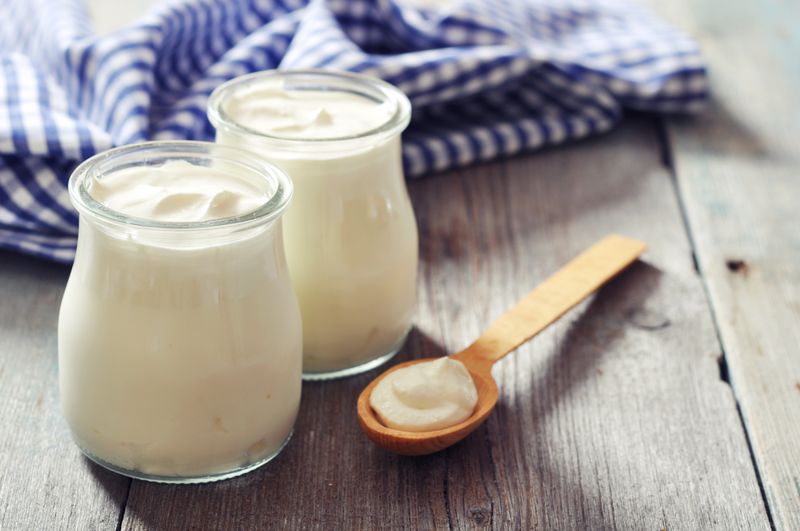
Fermentation may be ancient, but modern yogurt as we know it—packaged, probiotic-rich, shelf-stable—was industrialized in the 20th century. It brought gut health into daily routines and made dairy more digestible for millions.
There’s nothing better than tangy yogurt with a swirl of honey on a hot afternoon.
16. Soy Sauce
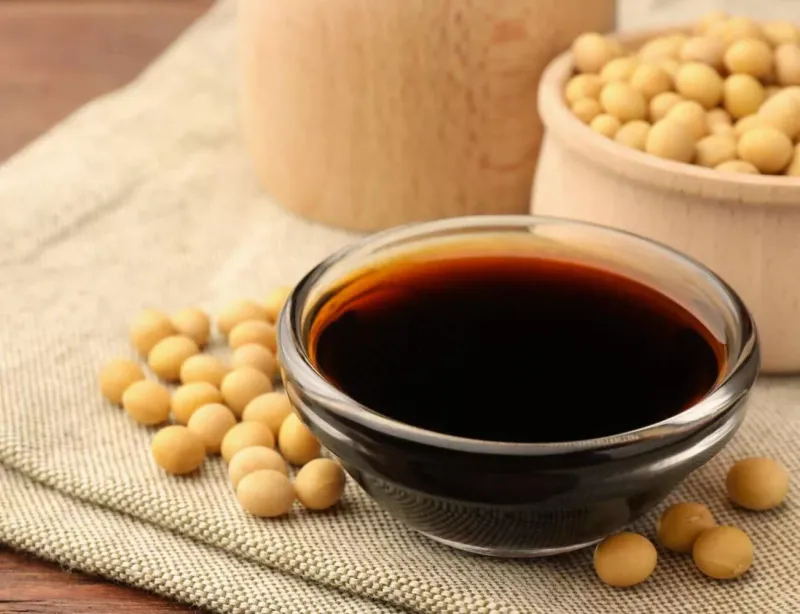
Born in ancient China over 2,000 years ago, this fermented marvel remains one of the most essential flavor tools in the world.
Salty, deep, umami-rich—it became a global pantry staple centuries later. No dish is too bland once soy sauce gets involved.
17. Instant Noodles
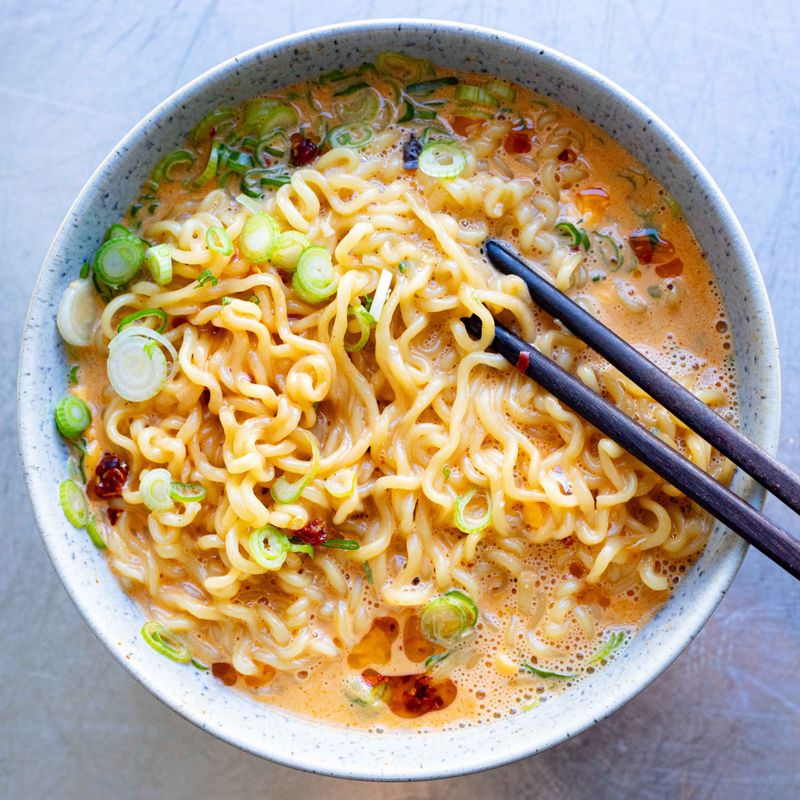
Invented in Japan by Momofuku Ando in 1958, instant noodles became a global icon of fast, affordable comfort food.
Just hot water, a few minutes, and boom—soup. They fed college students, astronauts, and entire countries through recessions.
18. TV Dinners
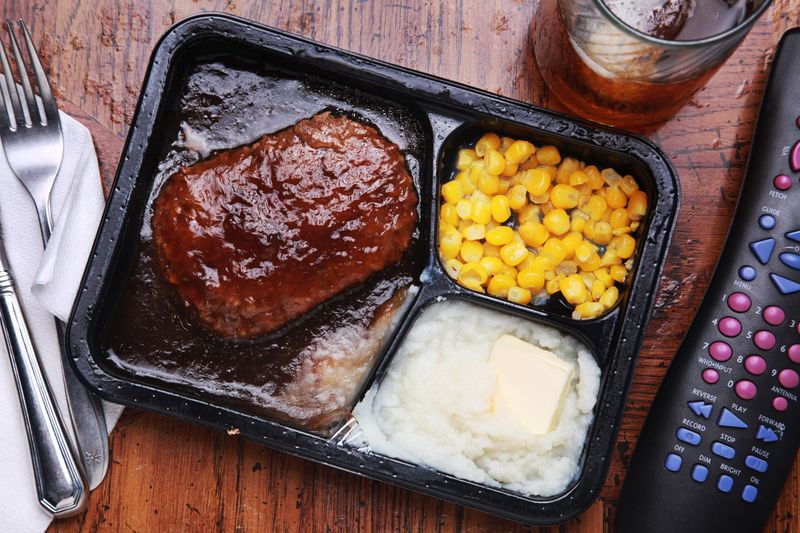
When Swanson rolled out the first frozen dinner in 1953, complete with turkey and peas, it wasn’t just food—it was a cultural shift.
Family dinners moved from the table to the couch. It was convenience, mid-century style.
19. Pasteurization
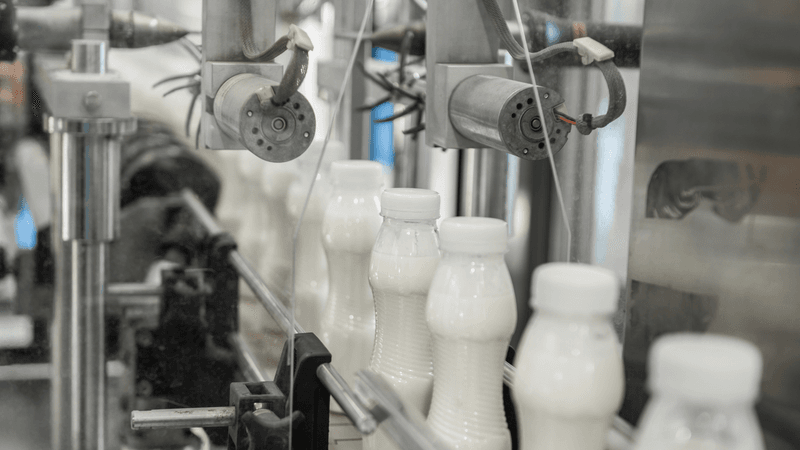
Louis Pasteur’s 19th-century discovery made milk, juices, and other perishables dramatically safer to drink.
By killing harmful microbes with controlled heat, it saved lives and standardized food safety.
It’s easy to forget how radical that was, until you imagine drinking unpasteurized milk in summer.
20. Nonstick Cookware
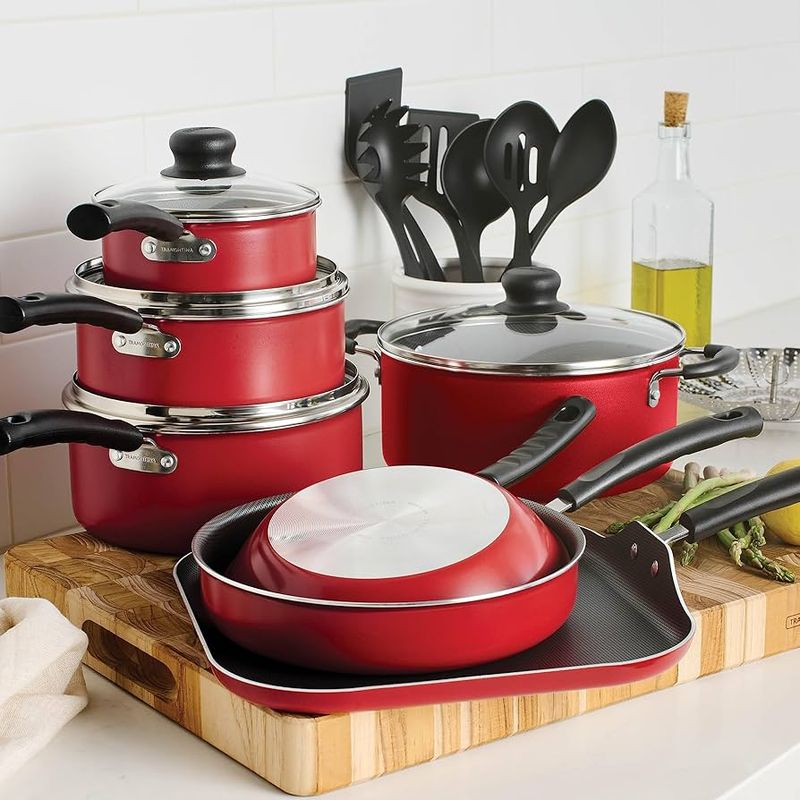
Teflon-coated pans arrived in kitchens in the 1950s, and suddenly eggs could slide without oil, and pancakes could flip without tears.
Cleanup got easier. Burnt scrambled eggs became a choice, not a certainty.
21. Food Thermometers

No more cutting into meat “just to check.” Thermometers brought precision to home kitchens, improving safety and confidence.
My first perfectly pink roast chicken owes everything to this tiny tool.
22. Induction Cooktops

By using magnetic energy instead of flames or coils, induction cooktops heat pots instantly and cool down just as fast.
They’re safer, faster, and incredibly efficient. It’s like cooking with science fiction.

